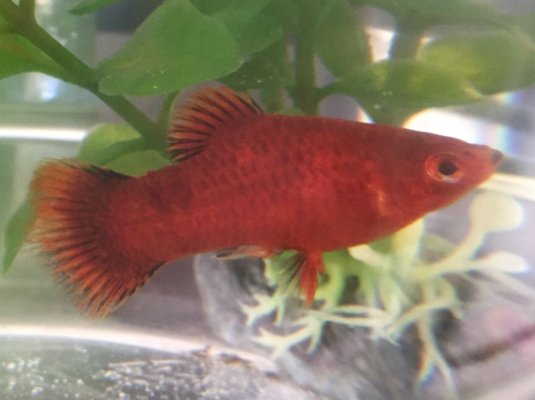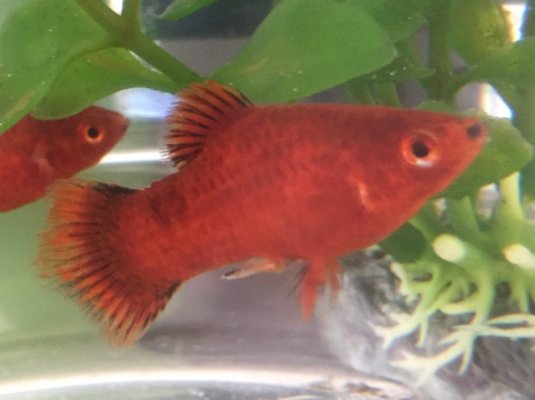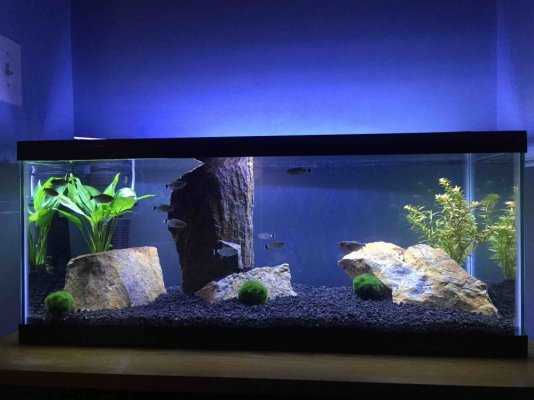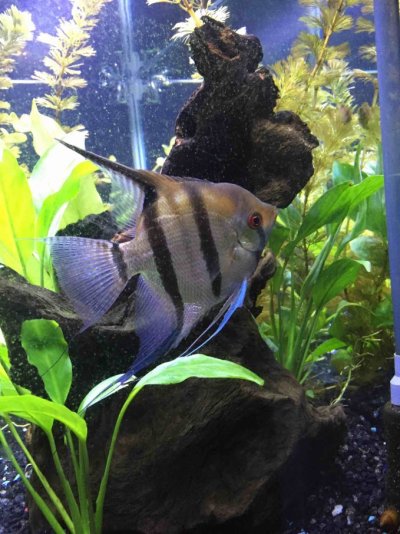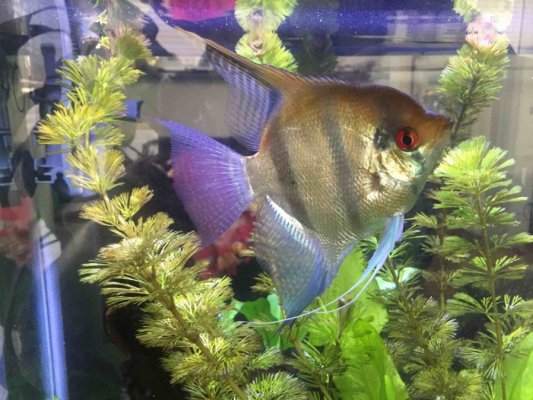DIY_Dad
Aquarium Advice Regular
They are quite the playful pair, always chasing each other around the tank! Didn’t pay much attention to the 1 or 2 raised scales a few days ago, but now It appears to be dropsy?
Would love to hear thoughts? The few times that I’ve dealt with it in the past did not end well. They are both in quarantine tank getting a salt treatment...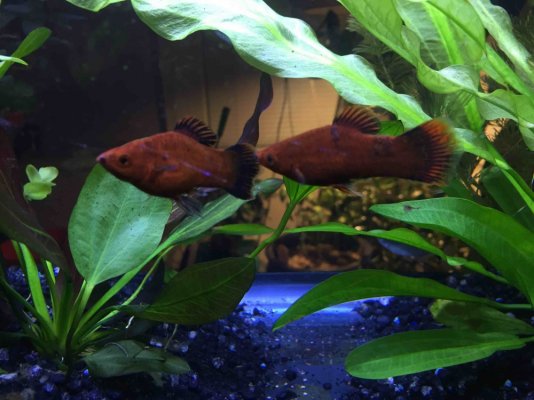
Would love to hear thoughts? The few times that I’ve dealt with it in the past did not end well. They are both in quarantine tank getting a salt treatment...


